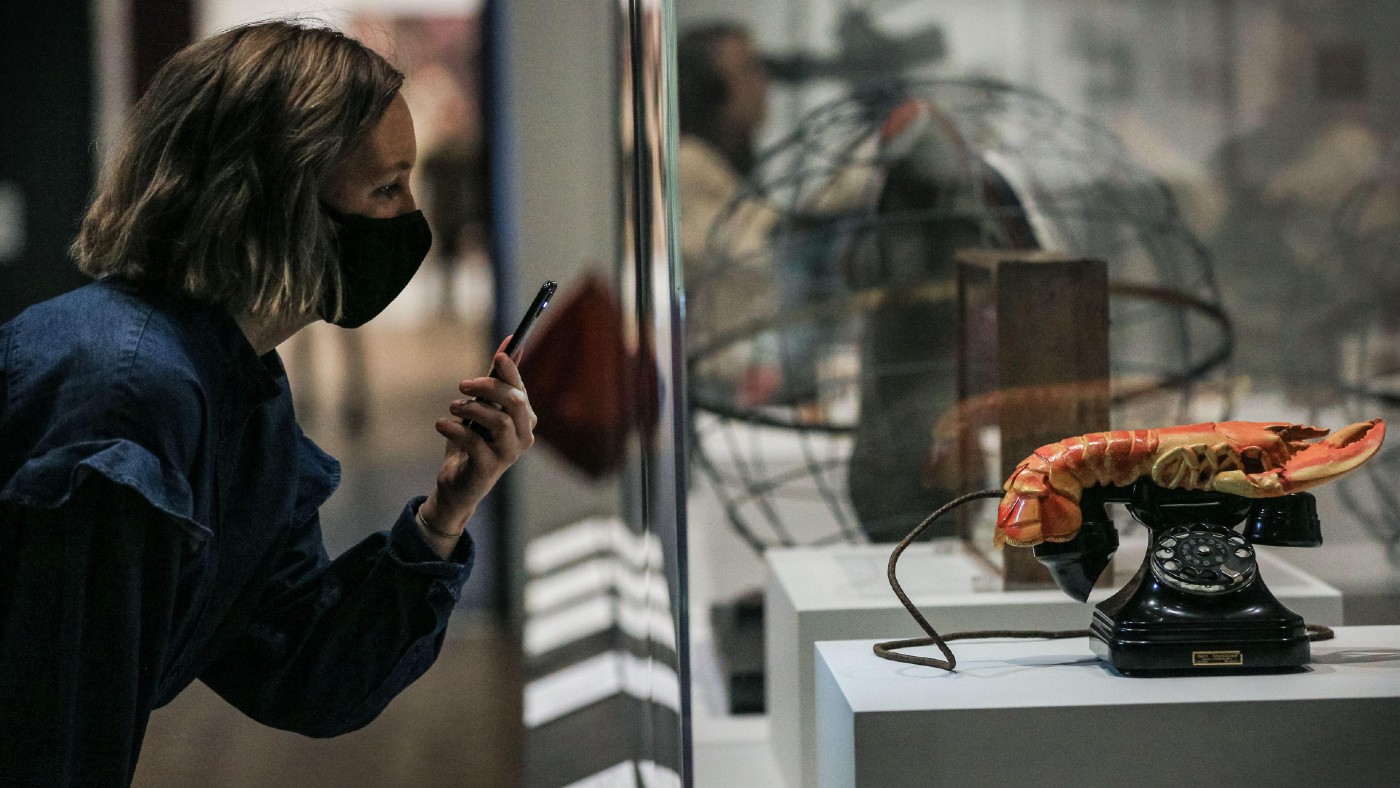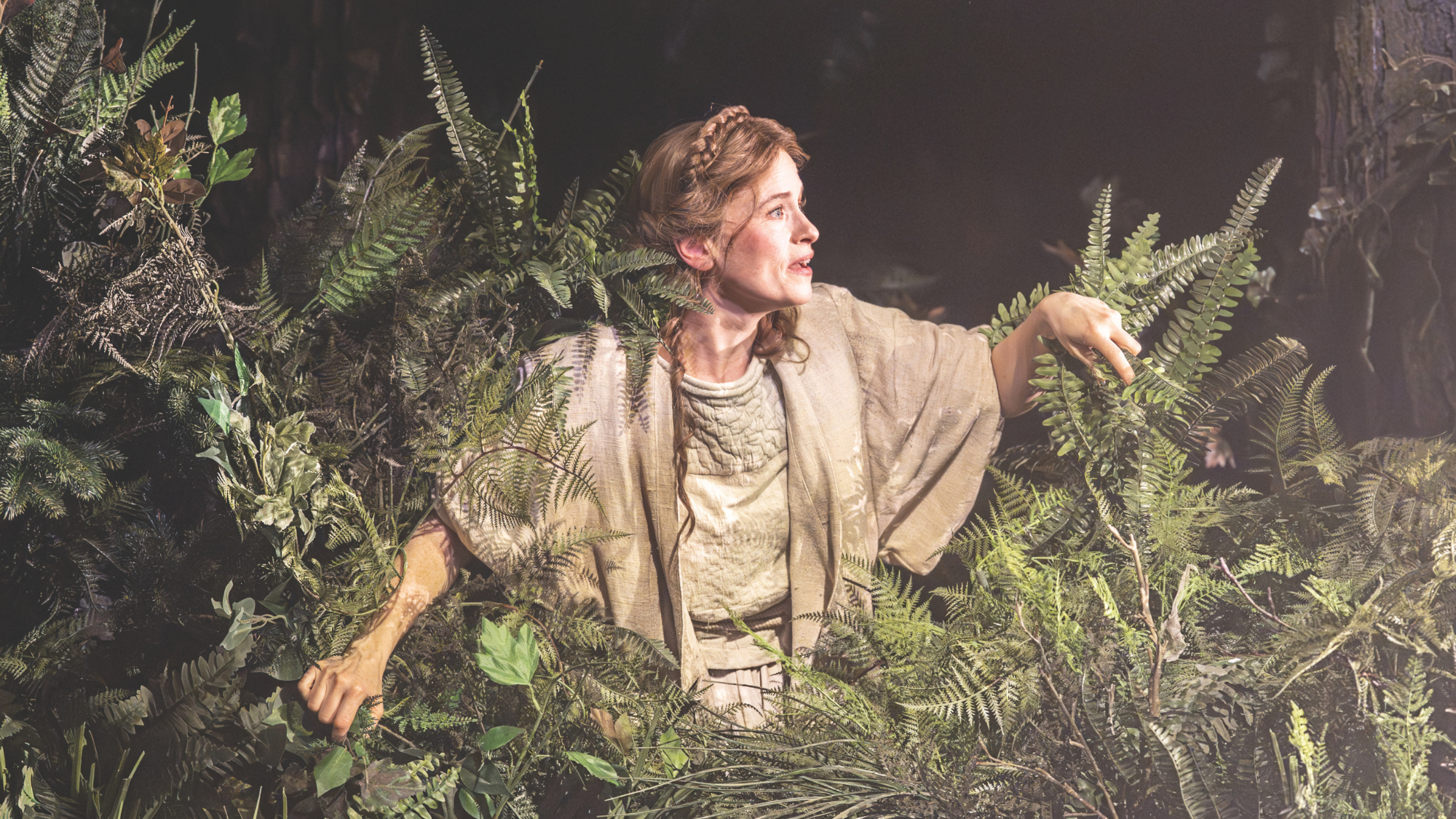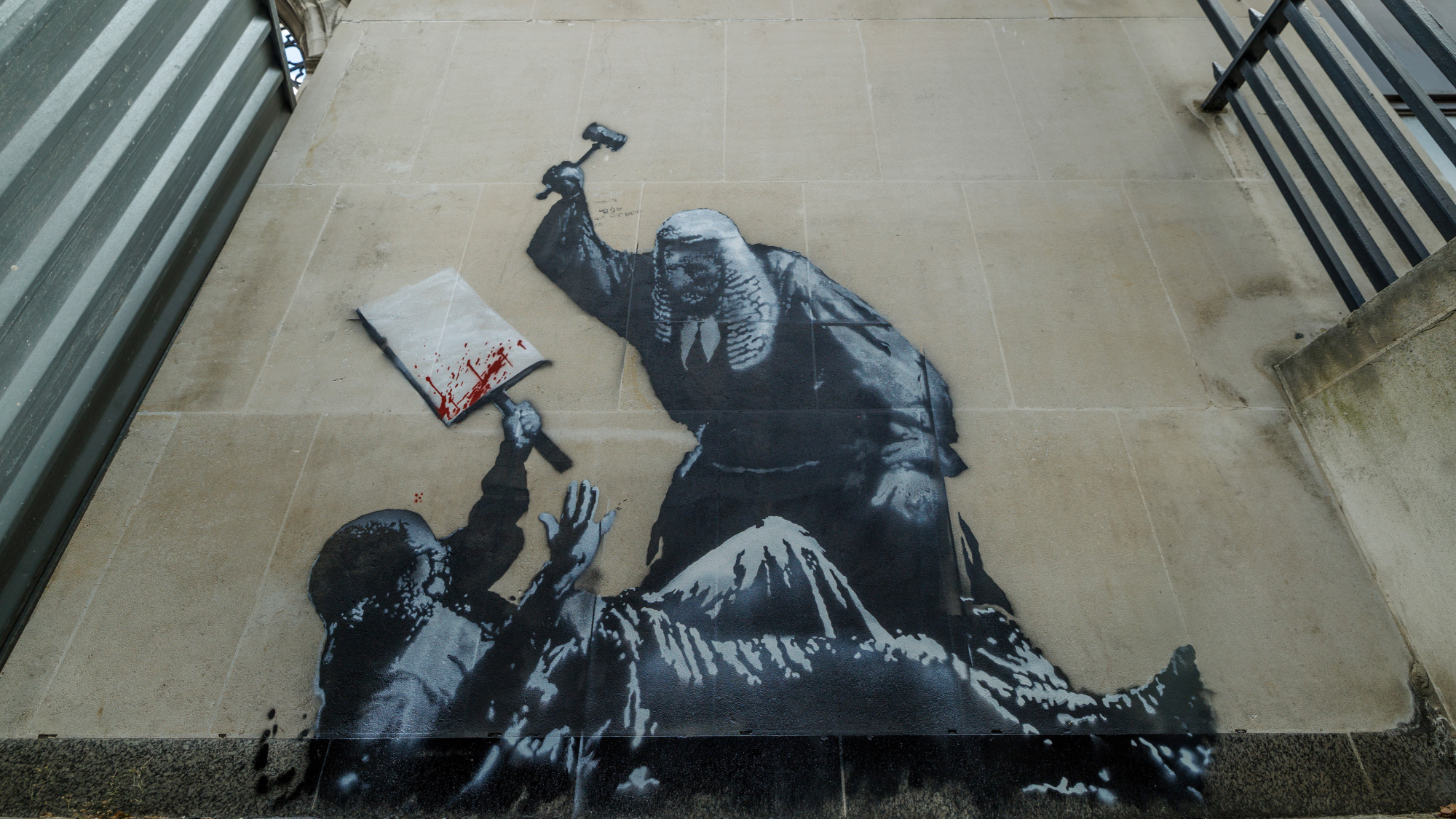Surrealism Beyond Borders: a show that’s ‘full of discoveries’
This exhibition blows traditional understandings of surrealism ‘far and wide on the winds’

This new show at Tate Modern, a wild, “sprawling” display of breathtaking “breadth and variety”, will make you reconsider everything you thought you knew about surrealism, said Rachel Campbell-Johnston in The Times.
According to the art historical narrative, the movement was dominated by colourful, mostly male figures and flourished “primarily in 1920s Paris”. The truth is rather more complicated. From its inception in the French capital after the First World War, it spread around the world to become a truly “global phenomenon” with enduring appeal, its aesthetics and ideas taking root everywhere from Haiti to New Zealand.
This exhibition blows traditional understandings of surrealism “far and wide on the winds”, bringing together around 150 works created by artists in “at least 50 different countries across a period that spans 80 years”. It takes in everything from painting and sculpture to film, photography and radio broadcasts, mixing works by the likes of Dalí, Magritte and Picasso with pieces by long-forgotten artists from practically every corner of the planet.
The Week
Escape your echo chamber. Get the facts behind the news, plus analysis from multiple perspectives.

Sign up for The Week's Free Newsletters
From our morning news briefing to a weekly Good News Newsletter, get the best of The Week delivered directly to your inbox.
From our morning news briefing to a weekly Good News Newsletter, get the best of The Week delivered directly to your inbox.
At its inception in Paris, surrealism’s “chief ambition was to follow the advice of Freud and liberate the unconscious mind”, said Waldemar Januszczak in The Sunday Times. And that took creativity to some dark places: at Tate Modern you can see Dalí’s celebrated sculpture Lobster Telephone (1938), in which the crustacean’s sex organs form the telephone’s mouthpiece; and the “roped and amputated sex dolls” produced by the German surrealist Hans Bellmer.

This macho posturing and obsession with the deviant was survivable; what sank surrealism was the permission it gave to “anyone and everyone” to imagine themselves a profound artist, by simply dragging something squelchy out of their psyche. Tate Modern didn’t set out to prove “surrealism became an international magnet for the untalented”, but that’s exactly what it does.
A point made repeatedly by the curators is that, in the developing world, surrealism became the “go-to movement for revolutionary impulses and anti-colonial feelings”; yet the artists selected to exemplify this message mainly chose to express those feelings as a series of mutating blobs. Once you’ve seen one, you’ve seen them all. There is some good art on show here by the classic surrealists; but it sits uneasily with the “record-breaking quantities of poor art”.
Yet the show is still “full of discoveries”, said Adrian Searle in The Guardian. We encounter fascinating figures at every turn: from Haitian artist Hector Hyppolite, a “third-generation Vodou priest” who used chicken feathers for brushes, to Ted Joans, a “jazz trumpeter, poet, painter and black power activist” who once shared a flat with Charlie Parker. I was also struck by a 1939 painting by Filipino artist Hernando R. Ocampo that depicts the shadow of a crucifix falling across a city square while a woman’s head stares in two directions at once – a mixture of “Catholic symbolism with surrealist strangeness”.
A free daily email with the biggest news stories of the day – and the best features from TheWeek.com
Other striking works include those by Harue Koga: whose 1929 collage painting The Sea involves “a swimsuit-clad Gloria Swanson, a cut-away view of a submarine, an airship” and “shoals of tropical fish”. But though this show is a “tremendous work of scholarship”, ultimately it overstretches itself. Its reach is so broad that it becomes “indigestible as an exhibition”.
Tate Modern, London SE1 (tate.org.uk). Until 29 August
-
 Political cartoons for January 3
Political cartoons for January 3Cartoons Saturday's political cartoons include citizen journalists, self-reflective AI, and Donald Trump's transparency
-
 Into the Woods: a ‘hypnotic’ production
Into the Woods: a ‘hypnotic’ productionThe Week Recommends Jordan Fein’s revival of the much-loved Stephen Sondheim musical is ‘sharp, propulsive and often very funny’
-
 ‘Let 2026 be a year of reckoning’
‘Let 2026 be a year of reckoning’Instant Opinion Opinion, comment and editorials of the day
-
 Into the Woods: a ‘hypnotic’ production
Into the Woods: a ‘hypnotic’ productionThe Week Recommends Jordan Fein’s revival of the much-loved Stephen Sondheim musical is ‘sharp, propulsive and often very funny’
-
 The best food books of 2025
The best food books of 2025The Week Recommends From mouthwatering recipes to insightful essays, these colourful books will both inspire and entertain
-
 Art that made the news in 2025
Art that made the news in 2025The Explainer From a short-lived Banksy mural to an Egyptian statue dating back three millennia
-
 Nine best TV shows of the year
Nine best TV shows of the yearThe Week Recommends From Adolescence to Amandaland
-
 Winter holidays in the snow and sun
Winter holidays in the snow and sunThe Week Recommends Escape the dark, cold days with the perfect getaway
-
 The best homes of the year
The best homes of the yearFeature Featuring a former helicopter engine repair workshop in Washington, D.C. and high-rise living in San Francisco
-
 Critics’ choice: The year’s top 10 movies
Critics’ choice: The year’s top 10 moviesFeature ‘One Battle After Another’ and ‘It Was Just an Accident’ stand out
-
 A luxury walking tour in Western Australia
A luxury walking tour in Western AustraliaThe Week Recommends Walk through an ‘ancient forest’ and listen to the ‘gentle hushing’ of the upper canopy